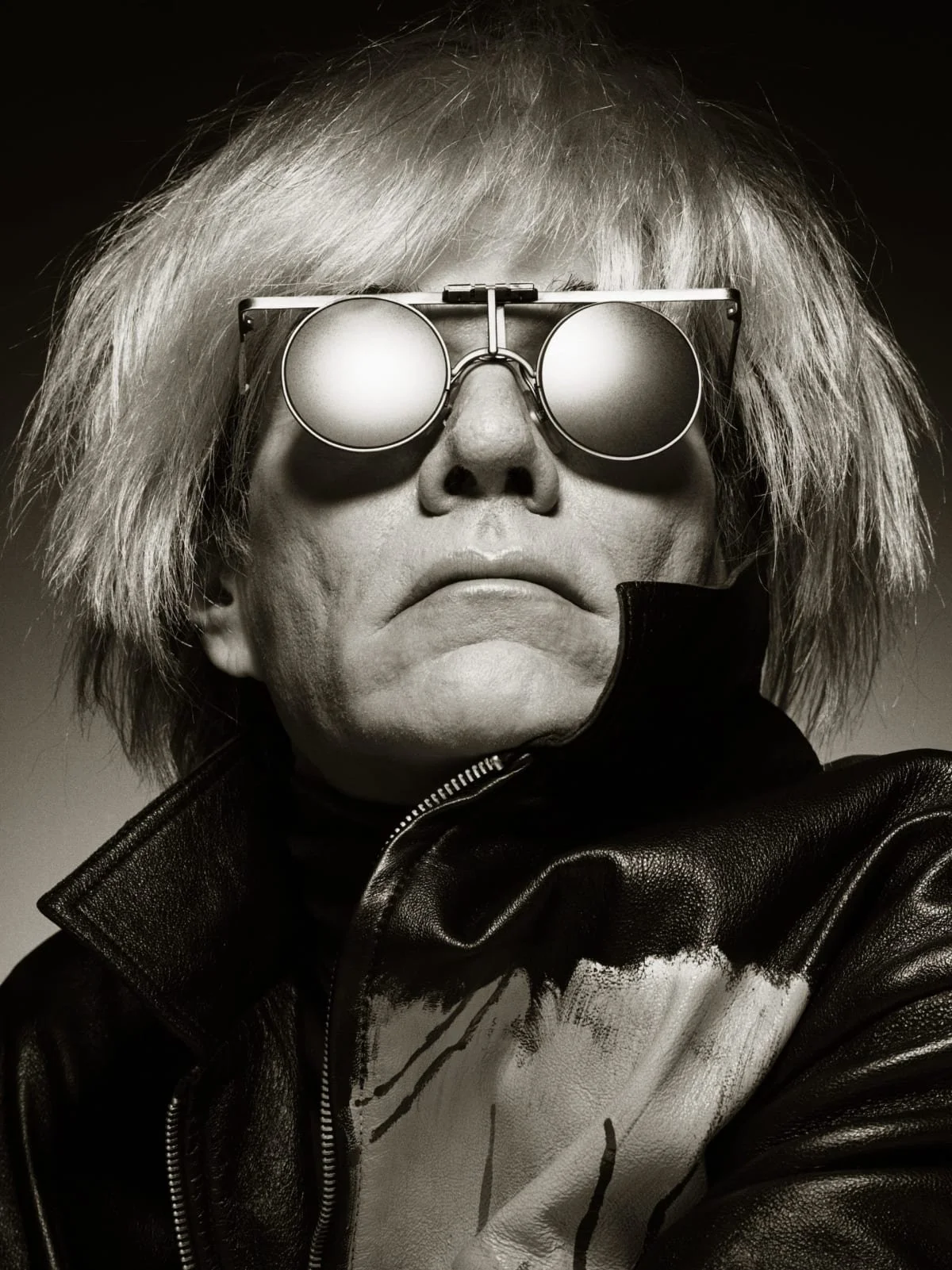About Bruno Bertini—humanist photographer exploring the world
I came to photography through a love of people and stories. What fascinates me isn't just how someone looks, but who they are—the experiences etched in their expressions, the connections that define them, the moments when guard comes down and truth emerges.
Whether working with portrait clients, photographing spontaneous encounters on the street, or documenting lives in distant places, I'm searching for the same thing: authentic human experience.
tHREE WAYS OF SEEING PEOPLE
Studio Portraits Controlled intimacy—time to explore personality, create trust, reveal the authentic self. These sessions produce images that capture who you truly are, not just how you look.
Street Photography Spontaneous moments of everyday life captured across cities and cultures. Unguarded, honest, these images celebrate the extraordinary hidden in ordinary experiences.
Travel Documentation Human stories across cultures. From Kathmandu to Ho Chi Minh to Italian piazzas, these projects explore how universal human experiences—joy, struggle, connection, resilience—transcend geographic boundaries.
on the Street
in the studio
in travel
journey to humanist photography
Photography chose me early. My brother gave me a camera for my first communion—I was just a kid, but I knew immediately this was my language. I consumed the work of Henri Cartier-Bresson, Robert Di Capa and Steve McCurry, captivated by their ability to find profound humanity in everyday moments.
Portraiture pulled me in through Albert Watson, Robert Mapplethorpe and Rankin—photographers who revealed that great portraits are excavations of identity, not just documentation of appearance. But the painters taught me to see: Caravaggio's dramatic chiaroscuro, Rembrandt's tender illumination of vulnerability. I studied their use of light like a student of physics.
Before committing fully to photography, I experimented broadly—graphic design, drawing, painting, and videography. Each discipline sharpened different aspects of vision: composition, patience, color theory. They all converged in photography, where I found the medium that synthesized everything I'd learned about seeing people truly.
journey to humanist photography
Photography chose me early. My brother gave me a camera for my first communion—I was just a kid, but I knew immediately this was my language. I consumed the work of Henri Cartier-Bresson and Steve McCurry, captivated by their ability to find profound humanity in everyday moments.
Portraiture pulled me in through Albert Watson, Robert Mapplethorpe, and Rankin—photographers who revealed that great portraits are excavations of identity, not just documentation of appearance. But the painters taught me to see: Caravaggio's dramatic chiaroscuro, Rembrandt's tender illumination of vulnerability. I studied their use of light like a student of physics.
Before committing fully to photography, I experimented broadly—graphic design, drawing, painting, and videography. Each discipline sharpened different aspects of vision: composition, patience, color theory. They all converged in photography, where I found the medium that synthesized everything I'd learned about seeing people truly.






